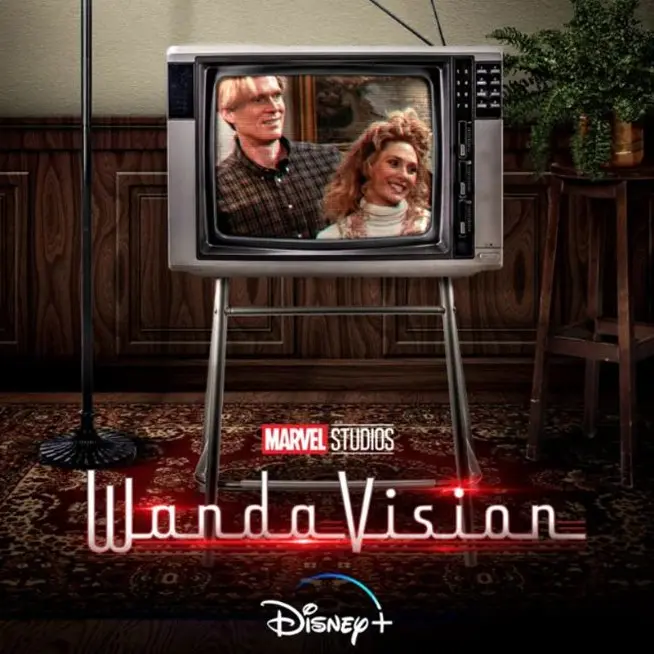WandaVision is the show that best encapsulates the pandemic
-

"Entertainment is, among other things, an escape. An absorbing story, enriching world and compelling characters can help us forget our problems and fears for a brief time," says Carrie Wittmer. "In Disney+’s Marvel Cinematic Universe spin-off WandaVision, Wanda Maximoff—the ex-Avenger with the power to influence behavior and reality—has made television, quite literally, her life in order to escape from her grief over losing her great love, the synthetic android Vision. She stole Vision’s corpse from a government facility so she could live a perfect life with him in Westview, the New Jersey town she’s holding captive mentally and physically. In doing so, Wanda has essentially been comfort bingeing — though instead of endlessly watching television, she’s embodying it by literally forcing an entire town to enact homages to different sitcom eras in each episode. This began with the 50s and advances a decade with each installment, and as the sitcoms Wanda is satirizing get closer to the present day, she’s unraveling more rapidly...WandaVision was conceived and put into production long before the pandemic, but it’s hard not to see similarities to the ways we’ve been using entertainment to disassociate, now more than ever. I may not have the power to create an alternate reality, but every period of my life is synonymous with a defining TV show or movie. (The OC is my teens, Mad Men my early twenties, and currently I am going through what can only be described as a 'horny for Robert Redford period.') Like the Marvel Cinematic Universe, my entertainment habits go through phases. During the pandemic, these phases have accelerated from years into months, or mere weeks."
ALSO:
- WandaVision cinematographer Jess Hall used 47 different lenses to re-create seven different sitcom eras: Hall says he tried to channel David Lynch and went through a lot of literature and classic sitcom viewing to carefully craft lighting style, composition and camera movement for the Marvel series. "It started with looking at literature about the history of sitcoms and then I went into watching a lot of sitcoms: what were the filmmaking techniques, what was the filmmaking vocabulary of the era across different sitcoms from each area?" he says. "I was trying to figure out what tools filmmakers had at their disposal which influenced the decisions they made in terms of lighting techniques, which film stocks were available, what kind of camera platforms they were using, etcetera." Hall adds: "I’ve always been a huge Lynch fan, and Lynch combined with The Twilight Zone was sort of the feeling that I wanted to get with the unease that was created when this sort of Pleasantville bubble of sitcom discomfort was disrupted. It was Lynchian, it was dark, it was disconcerting and a little bit more cinematic. I looked at a lot of The Twilight Zone as well. I enjoyed the tone they struck in earlier episodes."
- Hall on using different aspect ratios on WandaVision: "I mean, I think ultimately, everyone had their opinion, but I think the final permission came from the top — as filmmakers we all have desires, but we all work for somebody," says Hall. "Ultimately, the decision from the studio came that they were comfortable with it, and that was great because it was a real commitment on their behalf to the vision and integrity of the show, I think. And it was a bold choice, I mean, there were arguments that audiences don't like 4:3, but I think this has proved that if the content is good enough, audiences will accept 4:3 and they'll accept black and white."
- How the "Agatha All Along" sequence was filmed
- Yes, Pietro's Halloween hair was a tribute to Wolverine
- "Agatha All Along" is the new "Werewolf Bar Mitzvah"
- "Agatha All Along" is inspiring lots of remixes and memes
TOPICS: WandaVision, Disney+, Jess Hall, Cinematography, Marvel
More WandaVision on Primetimer:
